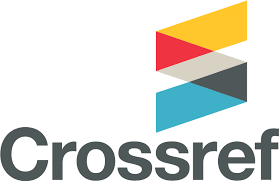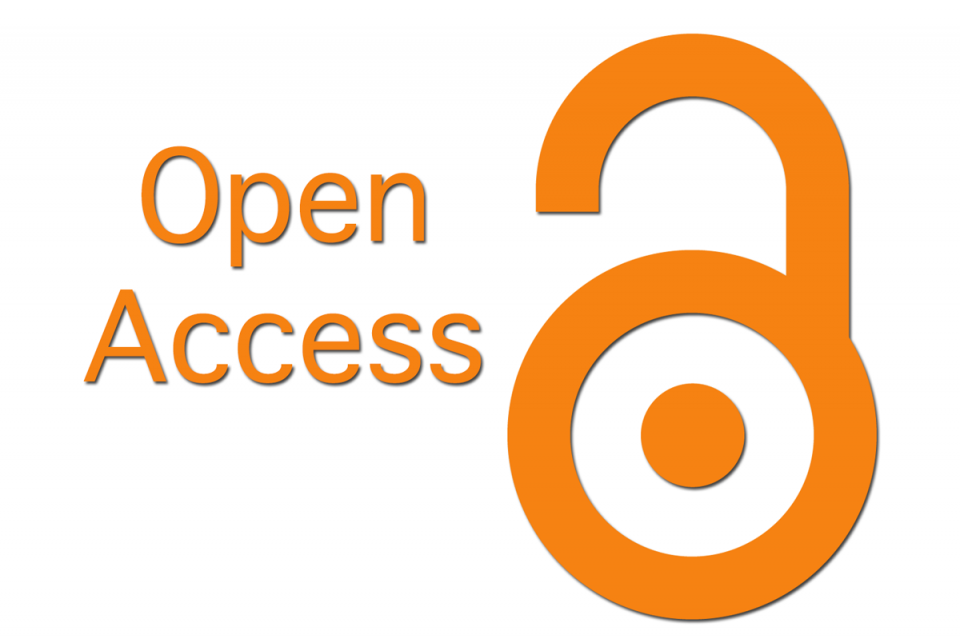"Beyond": Trash Journalism on the Verge of Communicative Norms
УДК 340.12 ББК 67.1
Abstract
The range of functions of modern journalism has expanded, now it not only informs, but also influences, using the entire arsenal of expressive means. Emotionally charged text has a much greater impact on us. Trash is something that catches the eye, attracts attention, shocks, transforms familiar forms. The main thing in such materials is the assessment, and, what is especially interesting, this assessment is always demonstrative and personal in nature. In trash journalism, the author's task is to change the reader's picture of the world, to force him to accept the author's, in this case, always an extraordinary view of the world. Trash journalism is a fairly multifunctional phenomenon that meets the requirements of extremeness, sensationalism and perversion. It is distinguished by the ability to perform several tasks at the same time. For example, a television program can inform, broadcast about acute social problems, and even offer an alternative solution to these problems, while at the same time trying to entertain the viewer. The pathos of laughter always remains dominant. Trash journalism gives the viewer the opportunity to experience the thrill, and the viewer, often without noticing it, succumbs to this temptation. The article discusses the main features of trash journalism based on the material of the talk show "Beyond the Border" (NTV television channel): the connection of content content with the culture of everyday life, appeal to the bodily, to the problems and needs of the "bottom", the cultivation of the aesthetics of the ugly, drawing attention to events , corresponding to the principles of sensationalism and extremeness, pathology and perversity. The talk show "Beyond" is distinguished by the freedom of information presentation, the laws of media communication and media content are denied, the reality is simulated.
Downloads
Metrics
References
Борхес Х. Л. Четыре цикла. 1992. URL: https://www.litmir.me/br/?b=4100&p=1&.
Вартанов А. С. Актуальные проблемы телевизионного творчества на телевизионных подмостках. М., 2003.
Гриндстафф Л. Реальное телевидение и политика социального контроля. URL: http://culturca.narod.ru/Grin.htm
Лотман Ю. М. Об искусстве. М., 2000.
Маклюэн М. Понимание МЕДИА: расширения человека. Москва – Жуковский, 2003.
Манскова Е. А. Роль трэш-эстетики в формировании современной концепции телевизионной документалистики / Медиаскоп, № 1, 2009. URL: http://www.mediascope.ru/роль-трэш-эстетики-в-формироваьнии-современной-концепции-телевизионной-документалистики.
Сибиданов Б. Б. Две формы отрицания в телевизионном трэш-дискурсе / Новгородский государственный университет имени Ярослава Мудрого. 2019. URL: file:///C:/Users/днс/Downloads/dve-formy-otritsaniya-v-televizionnom-tresh-diskurse.pdf
Фрейд З. Психология сексуальности. Харьков-Москва, 2007.
Шиллер Г. Манипуляторы сознанием. М., 1980.
Юнг К. Архетипы и коллективное бессознательное. М., 1991.
Gabler N. A. Sign of the Times: When Only Entertainment Has Value / Los Angeles Times. - October 17. - 1993. No. 3.
Glynn K. Tabloid Television's Transgressive Aesthetic / Wide Angle. - V.12. – N. 2. April 1990. - Pp. 22-44.
Jarvis J. Ricki Lake/ TV Guide. V42, n27, July 2, 1994. 40 p.
Patrice P. Mass Culture and the Feminine: The "Place" of Television in Film Studies / Cinema Journal. - Vol. 25. - No. 3 (Spring, 1986). - Pp. 5-21. URL: https://www.jstor.org/stable/1225477?origin=crossref.
Ross A. Candid Cameras / No Respect: Intellectuals and Popular Culture. New York, 1989.
Copyright (c) 2022 Марина Деминова, Анастасия Чугулова

This work is licensed under a Creative Commons Attribution 4.0 International License.
The authors, which are published in this journal, agree to the following conditions:
1. Authors retain the copyright to the work and transfer to the journal the right of the first publication along with the work, at the same time licensing it under the terms of the Creative Commons Attribution License, which allows others to distribute this work with the obligatory indication of the authorship of this work and a link to the original publication in this journal .
2. The authors retain the right to enter into separate, additional contractual agreements for the non-exclusive distribution of the version of the work published by this journal (for example, to place it in the university depository or to publish it in a book), with reference to the original publication in this journal.
3. Authors are allowed to post their work on the Internet (for example, in a university repository or on their personal website) before and during the review process of this journal, as this may lead to a productive discussion, as well as more links to this published work (See The Effect of Open Access).











